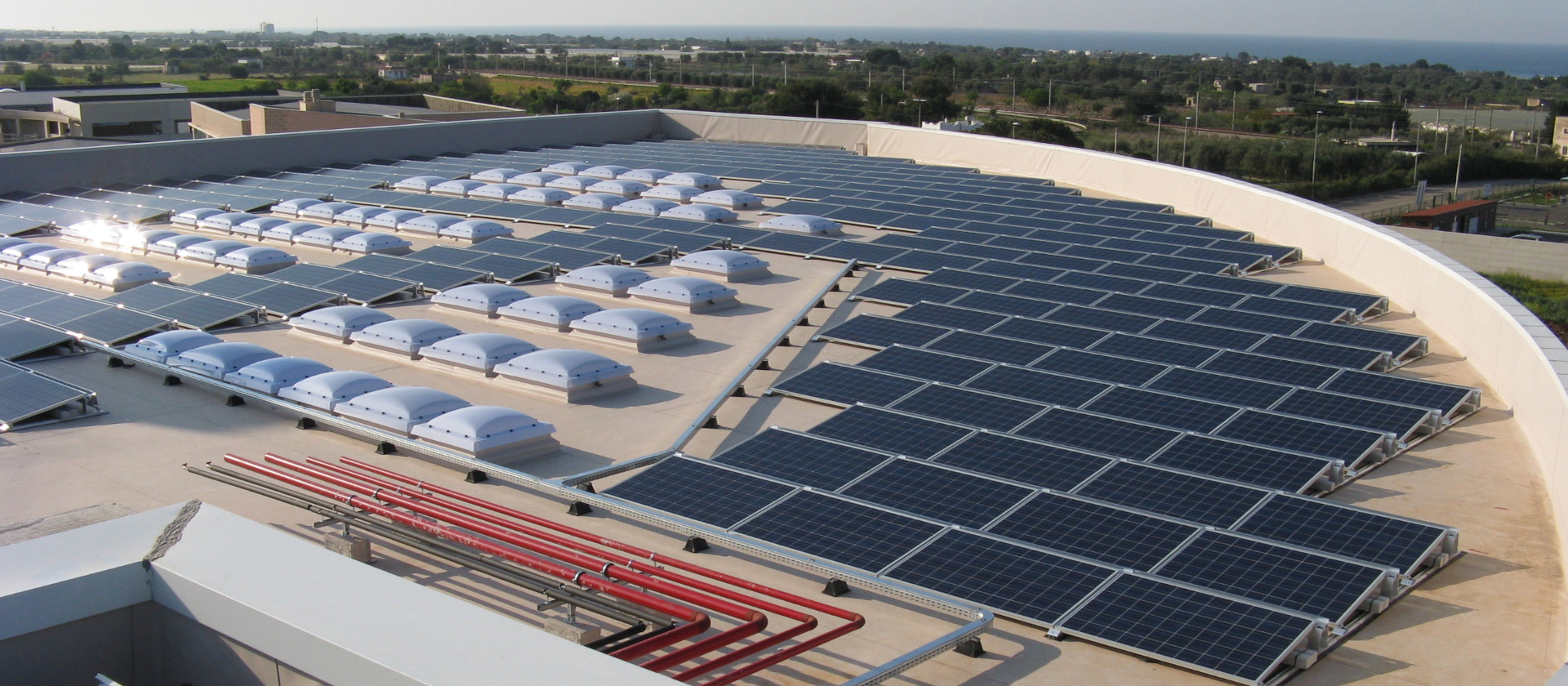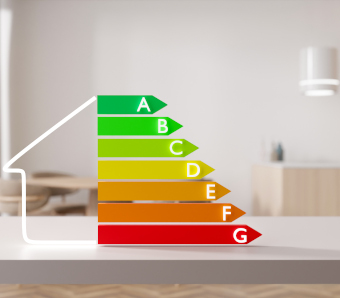The company's production process requires a large consumption of energy resources. The recovery and reuse of even just a part of them brings important benefits for a production that faces increasingly competitive competition in terms of prices.
Sinergi works alongside the company as a consultant in order to allow a rapid recovery of competitiveness by optimizing the use of the energy necessary for the production process.
The progressive achievement of energy efficiency is pursued through the following tools that Sinergi makes available:
1. ENERGY AUDIT - It consists of a highly professional consultancy approach whose objectives are:
- measurement of the current reference state;
- improvement in energy efficiency with reduction in consumption compared to the reference state;
- reduction of costs for energy supplies;
- improvement of environmental sustainability in the choice and use of these sources;
- possible requalification of the energy system in reference to regulatory obligations, company and market policies.
2. ENERGY MANAGEMENT SYSTEM (S.G.E.) - Consists of implementing a system of operational, technical and behavioral policies in order to pursue the following targets:
- control and reduction of energy costs and waste;
- knowledge of one's organizational and production system with clear attribution of costs, responsibilities and skills regarding energy consumption;
- involvement and participation of all employees in achieving the objectives;
- structural approach in the use of Energy, especially if you already adhere to System Certifications (ISO 14001 and 9001);
- control and reduction of the environmental impact of the energy system;
- ease of complying with legislative and/or regulatory constraints;
- greater availability for voluntary commitments and/or social agreements;
- improvement of the company image and/or marketing needs.
3. BUILDING ENERGY EFFICIENCY CERTIFICATE - The certificate is an official document produced by an accredited body (energy certifier) and by various bodies recognized at local, regional and national level. The E. E. certification, in addition to being an interest in technical-commercial certification, is mandatory in the face of various regulatory frameworks.



